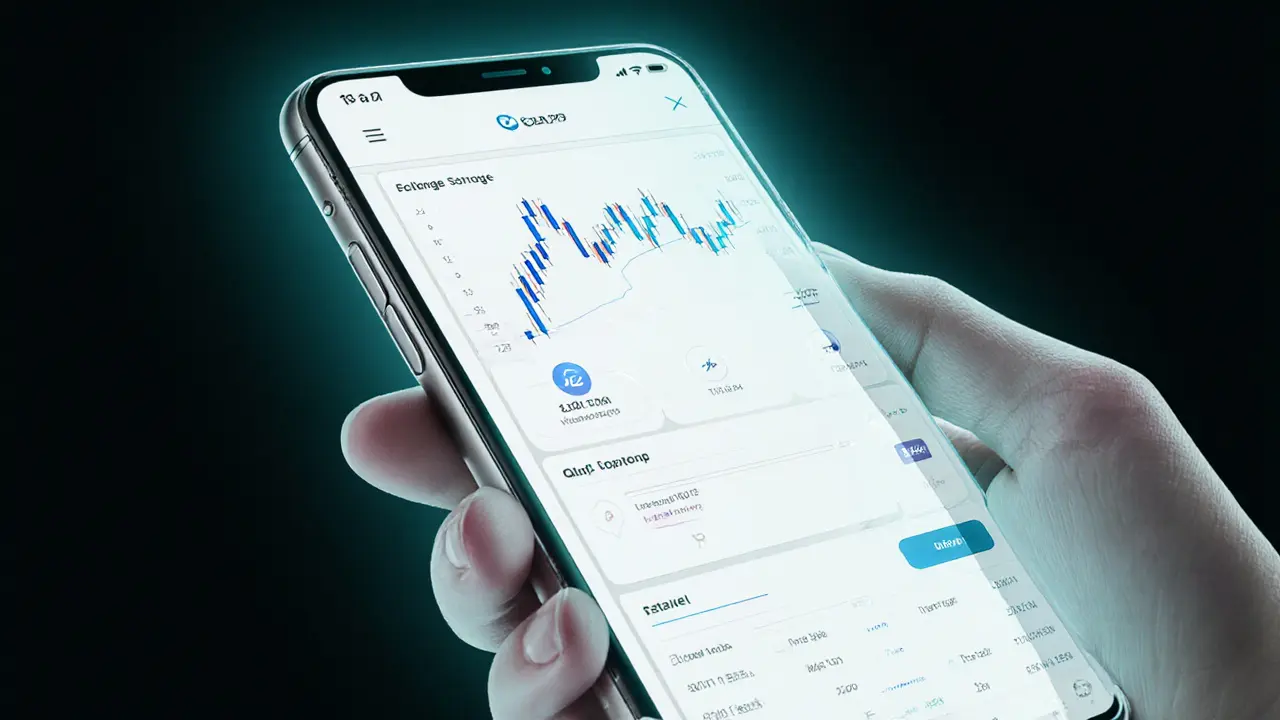Glide Finance Fees: A Plain‑English Guide
When talking about Glide Finance, a decentralized finance (DeFi) platform that lets users swap tokens, earn yields, and provide liquidity on multiple blockchains. Also known as GLIDE, it operates as a decentralized exchange, a peer‑to‑peer marketplace where trades happen directly from smart contracts without a central intermediary. Understanding its fee structure is key because every trade, withdrawal, or liquidity action triggers a cost that can affect your net returns.
Glide Finance fees include three main buckets: swap (or trading) fees, withdrawal fees, and gas fees. Swap fees are a percentage of the trade amount and go straight to liquidity providers, creating an incentive to lock assets in pools. Withdrawal fees charge a flat or percentage amount when you pull funds out of a pool, covering the cost of moving tokens across chains. Gas fees are the network‑level cost paid to miners or validators for processing the transaction on the underlying blockchain, whether that's Ethereum, Binance Smart Chain, or Polygon. Glide Finance fees therefore combine protocol‑level charges with the inevitable blockchain execution costs.
Why Knowing the Fees Matters
Each fee type interacts with another core entity: liquidity pools, collections of token pairs that enable instant swaps and generate yield for providers. When you trade on Glide, the swap fee is taken from the pool, reducing the pool’s depth and slightly widening the spread for the next trader. Withdrawal fees shrink the amount you retrieve, which can be significant for large positions. Gas fees fluctuate with network congestion, meaning the same swap can cost more at peak times. In short, Glide Finance fees influence the efficiency of liquidity pools, the profitability of yield farming, and the overall user experience on this DEX.
To make an informed decision, consider these three practical steps: first, check the current swap fee tier for the pair you intend to trade—Glide often lists 0.25%, 0.30% or higher depending on pool popularity. Second, estimate the gas cost using a block explorer; on BSC it’s usually a few cents, while on Ethereum it may spike. Third, factor in any withdrawal fee—some pools waive it after a certain holding period, which can save you money if you plan a long‑term position. By treating each fee as a separate variable, you can model the total cost of a trade before you hit ‘confirm.’
The collection of articles below breaks down each of these fee components in detail, shows real‑world examples, and offers tips to minimize costs. Whether you’re a beginner looking to understand why your swap costs more than the quoted price, or an experienced trader hunting for the optimal pool, the posts give you the context you need to navigate Glide Finance with confidence.
Glide Finance Review: In‑Depth Look at the Crypto Exchange
A detailed review of Glide Finance covering fees, security, features, and how it stacks up against top crypto exchanges for 2025.
VIEW MORE
